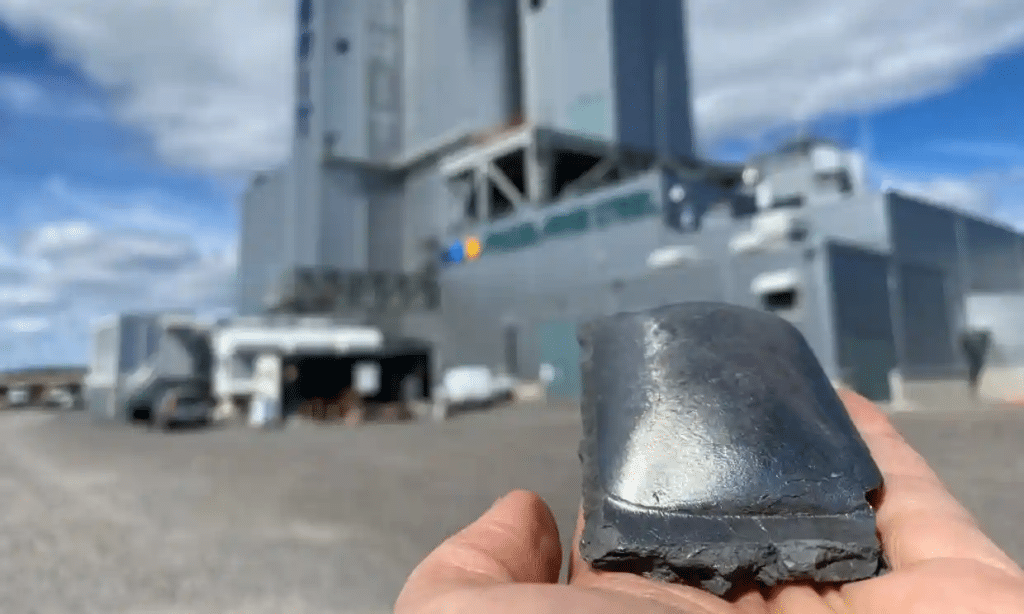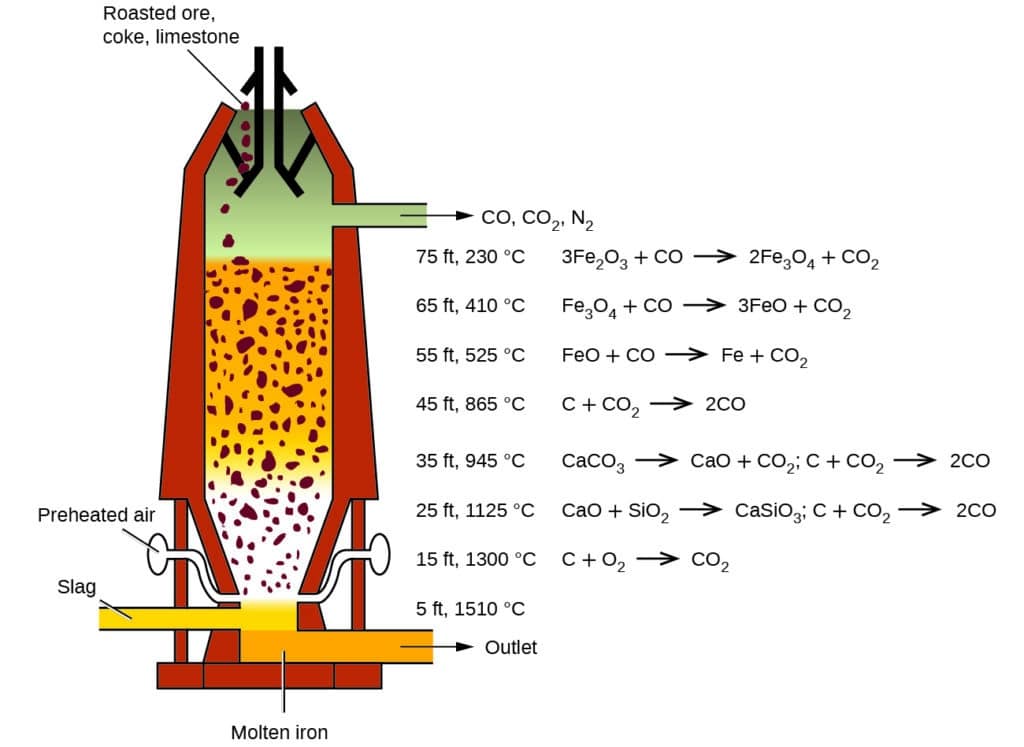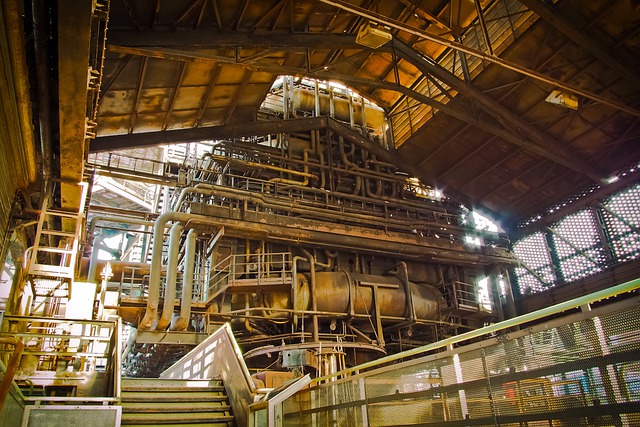Introduction – Green Steel
Green steel is a technological innovation whereby the carbon footprint of manufacturing steel is reduced more than 60 times that of traditional methods. However, green steel is not yet globally available, thus far existing only in limited quantities, made in small batches initially as proof of principle for a single client. The green steel is a result of a joint venture effort called HYBRIT, and is a collaboration between three Swedish metallurgical companies SSAB, LKAB and Vattenfall. The first batch of green steel was very valuable in that it showed feasibility. Representatives of the HYBRIT effort say that true production scale green steel is expected to happen in 2026.

Green Steel Has 60 Times Less Carbon Emissions Compared To Traditional Steel
Steel manufacturing generates a large amount of carbon dioxide because of the iron ore oxidation process and the energy used to heat the furnace. It turns out that steel production is responsible for about 8% of carbon emissions even though 90% of steel is recycled. The process, starting from the mining of raw materials, happens at high temperatures and sees iron goes through intermediate and final forms before becoming steel. Getting it to very high temperatures also contributes to energy use, but far less. In the past, fossil fuels figured heavily into making the high temperature conditions for green steel.
Green steel is a type of steel that is made using a process with substantially less emission of carbon. The reported reduction of carbon is from 1600 kg CO2 per ton of steel down to an amazing 25 kg CO2 per ton of steel. For comparison, an American personally emits 15 tons of CO2 in a year through heating and cooling, transportation and food. Green steel is just like regular steel, used in all applications, including construction, automotive, and consumer products.

Hybrit Method: Carbon Dioxide Emission is Replaced by Water
The HYBRIT method avoids the use of charcoal altogether and instead uses hydrogen to reduce the iron oxides. The result of hydrogen combining with the oxygen compounds in iron is water vapor, not carbon dioxide. Therefore, the process has zero carbon emissions, all of which has been replaced by water vapor.
The world’s first large-scale steel production process that doesn’t produce any carbon dioxide emissions is now operational in Sweden. A new plant has started churning shipbuilding metal from iron ore and hydrogen instead of coal. The technology used at the HYBRIT pilot facility, located in Luleå in northern Sweden, relies on what’s known as direct reduction, in which iron ore is heated in a furnace in the absence of oxygen to produce “sponge” iron. That sponge iron is then combined with thermally reduced iron oxide pellets and melted in an electric arc furnace to create steel.
Sweden Will Continue to Invest in Green Steel Technologies
Sweden has traditionally been a steel producing nation and now is positioning itself to be a world leader in green steel production. The Swedish government has also invested heavily in green infrastructures, such as wind and solar farms, to reduce the country’s environmental impact. In total the Scandinavian countries have converted 90% of electricity production to renewable sources, including hydro, wind, and nuclear. With its commitment to green technology and sustainability, Sweden is setting standards for other nations.
Steel production using coal accounts for around 8 percent of global carbon dioxide emissions, so the shift to using hydrogen could have a significant impact on reducing greenhouse gas emissions. The Swedish government has invested $23 million in the HYBRIT project.
The project is still in the early stages, and the facility can only a little annually. That first batch generated about 100 tons of steel. But the hope is that, with further development, they could scale up the technology to meet the demand of the global market, which currently produces around 1.905 billion tons of steel each year.
Companies and Clients are Eager for Green Steel
Volvo, one of the world’s leading manufacturers of trucks and construction equipment, has already announced its plans to use HYBRIT-produced steel in its products. The Swedish government plans to end coal-fired power plants by 2030, likely increasing the demand for green steel.
One of the parent investors, SSAB, has a strong interest in HYBRIT technology because its activities account for 10% of Sweden’s and 7% of Finland’s carbon dioxide emissions. In a country that prides itself on shifting to renewables, SSAB sticks out a little. But given the importance of steel manufacturing in the country’s history, no doubt their efforts enjoy great support as it dovetails with the shift to green energy.
As the world looks to reduce its reliance on fossil fuels and move towards a more sustainable future, green steel is poised to play a major role in the global economy. If successful, the shift to green steel production could help to slow the effects of climate change and create a more sustainable future for the planet.
Green Steel is the Same End Product as Traditional Steel
While the process of making green steel differs from traditional steel making processes, the end product is exactly the same. Thousands of years of human turning iron ore into steel means we have great confidence in what we want out of the end product. Therefore, when new processes are introduced like hydrogen based reduction, they are optimized heavily so as to make a product with as little deviance from before as possible.

H2 Green Steel: Competitor to HYBRIT
Another effort, H2 Green Steel, is in the middle of planning the construction of a fossil fuel-free plant in the north of Sweden. Attached to that effort will be a sustainable hydrogen facility. There are two aspects of sustainability in such a facility. First, generation of hydrogen uses green electricity, for example through electrolysis of water which generates hydrogen and oxygen gases. Sweden has abundant green electricity thanks to investment in renewables. Second, hydrogen is the key substitute for charcoal in reducing iron oxides to an ore form suitable to turn into steel. The production phase of the H2 plant is expected to be 2024.
Off-Grid Power Systems For Homes: An Overview
The Best Heating Suit To Keep You Warm: Top 5
Going Off Grid With Solar Panels: An Overview
How Do Solar Companies Make Money?
